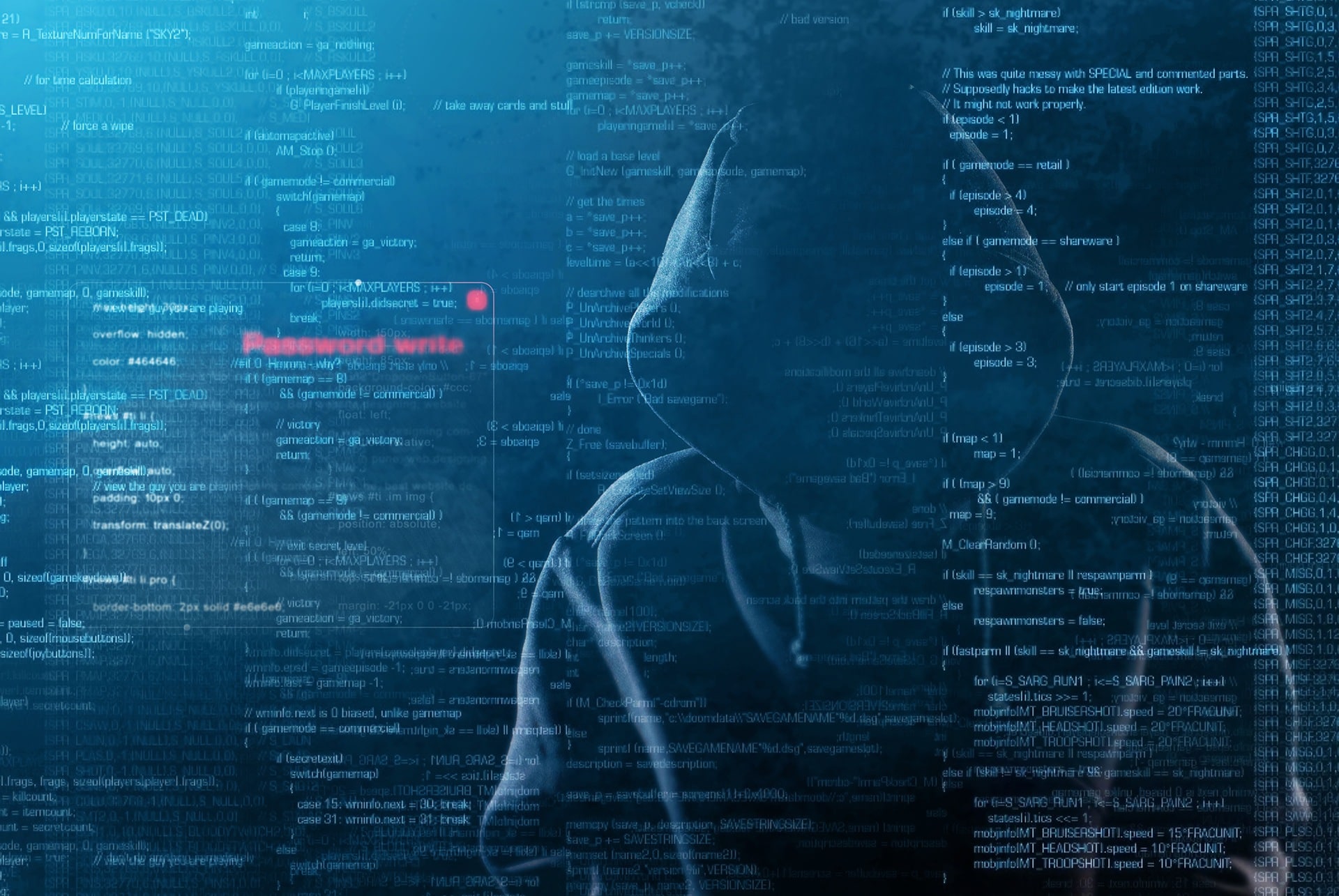Employee burnout is a problem for many people, even under normal conditions. When burnout sets in, employees can feel stressed, emotional, and physically exhausted, leading to lower productivity and lower levels of concentration. While employee performance is essential, employee burnout can lead to a decline in their ability to adhere to workplace security policies, including cybersecurity posing a significant risk to your organization. What is cyber security burnout, and how can you protect your employee from experiencing burnout and potentially putting your business at risk?
What is Cybersecurity Burnout?
Burnout happens across all industries and can happen to anyone, even the most dedicated workers. The most common causes of burnout are an increased workload, long hours, tight deadlines, lack of support, and more. The longer an employee is exposed to physical, emotional, and interpersonal stressors in the workplace, the more likely they are to experience burnout and the more the quality of their work degrades.
Cybersecurity burnout is when a member of your cybersecurity team experiences burnout that impacts that leads to them becoming more disengaged in their jobs. Although defined as affecting cybersecurity professionals, cybersecurity burnout can extend to any employee with access to important information or data within your organization that needs continuous access online.
Cybersecurity burnout can occur in many ways, primarily caused by increased human error. Human error is one of the biggest threats to cyber security. Common cybersecurity reported work-related stress symptoms that lead to burnout include:
- Headaches
- Fatigue
- Difficulty sleeping
- Muscle tension
- Anxiety depression
Employees increased apathy and awareness due to burnout can cause them to miss major signs of malware attacks, lower adherence to security best practices, and diminished productivity. Organizations that have employees who experience burnout traditionally have a higher percentage of employee turnover. Stressed employees will seek out better work environments that are better for their well-being.
How to Protect Your Business from Cybersecurity Burnout
Protecting your business from cybersecurity burnout is more about protecting your employees from becoming overburdened and overworked. You want to take steps to foster a healthy and positive working environment to help your employees relieve their burnout and prevent it from happening in the future. Here are a few steps to help you protect your business by preventing cybersecurity burnout.
Foster an Environment with a Focus on Well-Being
Employees that feel as if they can speak up when they are overburdened are less likely to become burnt out. Allow employees to set boundaries and speak up when they’ve reached their limits. Encourage open communication and show empathy when they need it most.
Ensure Employees Have Enough Time to Rest and Recover
Burnout is caused by physical, emotional, and mental exhaustion. Ensure they have enough time to rest and recover by ensuring work hours are not long, offering robust paid time off packages, and monitoring their workloads to avoid overburdening.
Provide Purpose
Helping your employees understand their purpose and ensure they feel valued is another way to prevent burnout. They will feel more connected to their work, company, and purpose and take ownership over their role and responsibilities.
After your team has recovered from burnout, you can provide a more balanced workplace by encouraging healthy workplace behaviors and communicating the importance of their role in cybersecurity for the organization.
Need Help with Cybersecurity?
With cybersecurity threats evolving, protecting your business can be a challenge. 4 Corner IT can help your organization by managing your security and relieving the pressure on your employees, allowing them to focus on their roles and well-being. Contact us at 954.474.2204 to learn more.






